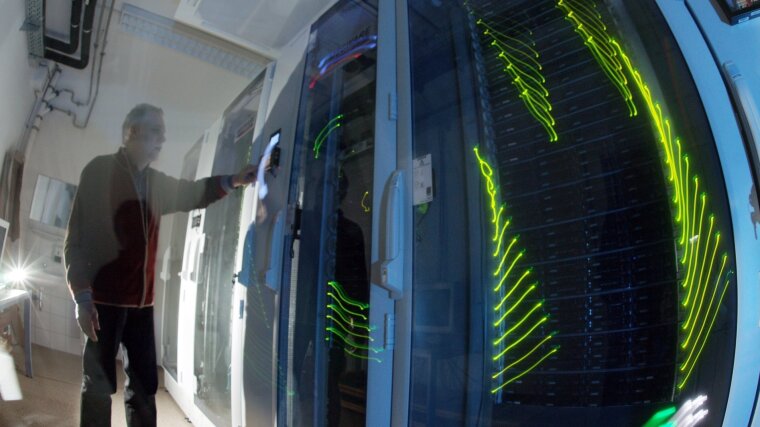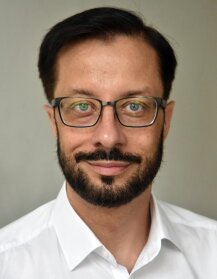
The central aim of this project was and will be to model the nonlinear optical response of hybrid systems consisting of molecules adsorbed on or attached to surfaces and nanoparticles, with a particular emphasis to metallic and/or plasmonic surfaces. For this, in the first funding phase, methods and computational protocols such as density functional embedding and its combination with wave function theory as well as real-time time dependent DFT methods have been developed and applied to several science cases. The focus of the next funding phase will be (i) to extend the approaches developed in the first phase to energy gradients and nuclear dynamics, (ii) to combine them with new methods for large systems to simulate realistic models of nanostructures with different shapes and degrees of roughness and compare them not only with other theoretical methods but also with the corresponding experimental projects within NOA, and (iii) to develop computational protocols to include both the spatial and temporal structure of the electromagnetic field, as well as that of the atomically rough matter by mixed quantum-classical methods and apply these to selected science cases within NOA.
Principal investigators
